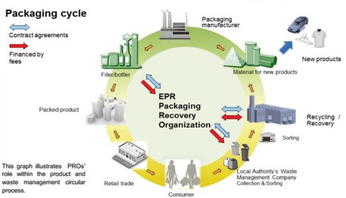Surfactant Considerations for Successful Multilayer Coating
Presented by Bill Devine, Carestream Health, Inc.
Optimization of surface tension is critical to successful multilayer coating. Surfactants (surface-active agents) lower surface tension (energy) at immiscible interfaces by their dual hydrophilic and hydrophobic nature. This property makes them valuable as additives to coating formulations to perform a variety of functions such as reducing agglomeration in coating solutions by electrostatic repulsion or steric stabilization. Use of surfactants is well known in emulsion polymerization to control latex particle size and distribution. Surfactants are also used to control foam or promote wetting of surfaces.
Surfactants play an important role as coating aids to improve uniformity as a leveling agent or to avoid defects such as repellencies. In multilayer slide-bead and curtain coating particularly, control of surface tension is critical to avoid edge withdrawal on the slide and curtain which can result in a complete failure of the coating operation. Static surface tensions measured via Wilhelmy plate or du Nouy ring are not appropriate for these situations since fresh liquid-air surfaces are formed during flow on the slide, curtain, and web. As new surface is being created, surfactant will diffuse to the air-liquid surface, which takes some time depending on the specific flow field. The relevant surface tension is the dynamic surface tension which is a function of the age of the surface created.
This paper will review experimental and analytical tools for optimizing surfactant types and levels for multilayer slide-bead and curtain coating and review applicable engineering guidelines. These guidelines may not be sufficient to insure an acceptable final product however since surfactants can have a significant impact on the surface properties of the final coated film. These properties, which include electrostatic charge propensity, coefficient of friction, and tackiness, may impact downstream processes such as converting or even affect the end use of the product. This paper has application to replacing an existing surfactant due to supply constraints as well as cost reduction or sustainability programs.
This post is for paying members only
SubscribeAlready have an account? Log in

